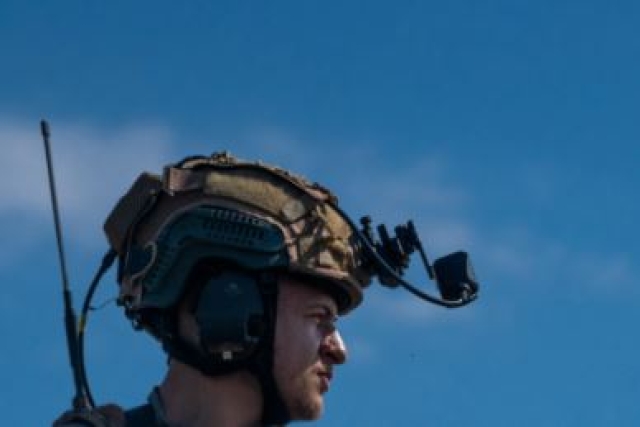Spanish Army Tests Future Soldier System Developed by Indra, GMV
The Future Soldier System (FSS) enhances soldier capabilities with advanced digital communication, information, and situational awareness technologies.

The Spanish Army has tested the Future Soldier System, SISCAP, developed by Indra and GMV, at the Toledo Infantry Academy.
SISCAP is designed to integrate soldiers into digitalized environments, equipping them with information, communication, and fire effectiveness technologies, and improving situational awareness. This system is part of the Army's digitalization efforts from strategic command to field deployment.
Indra and GMV developed SISCAP as part of an R&D program funded by the Ministry of Defence through the Subdirectorate General for Planning, Technology and Innovation (SG PLATIN), supervised by the Directorate General for Armaments and Material (DGAM). The goal is to equip combatants with technologies for use in digitalized theaters of operations, operating in a network with systems adapted to the combat cloud concept.
Soldiers using SISCAP will have helmet viewfinders with augmented reality to visualize routes, companion positions, and tactical indications about threats and targets. The system includes day and night viewfinders, personal cameras (visible and thermal), and an advanced radio for satellite positioning and voice/data transmission.
The regulation weapon features viewfinders and cameras for extended range and accuracy, allowing indirect fire. It also includes controls for managing communications and preventing friendly fire. The platoon leader will have a tablet connected to the battlefield management system (BMS) used in armored vehicles.
A platoon of legionnaires tested the system at the Toledo Infantry Academy, simulating reconnaissance and surveillance missions, and conducting shooting tests. The next test will include the 8x8 Dragon armored vehicle as a communications node.
The system’s modularity allows for adaptation to various missions and future functionalities like AI for target discrimination and combatant status checks.
Indra and GMV plan to complete the first development phase this year, delivering seven functional prototypes in platoon-leader configuration. Subsequent phases may involve producing an initial pre-series of 40-50 systems for evaluation, with large-scale production anticipated from 2030. The development benefits from European projects ACHILE and GOSSRA, funded by the European Commission, and is part of the Army’s Force 35 modernization initiative.









